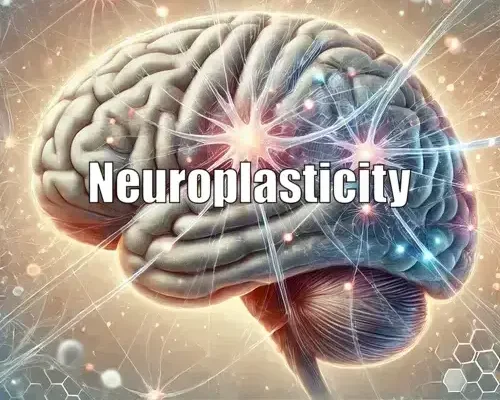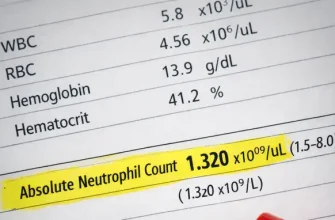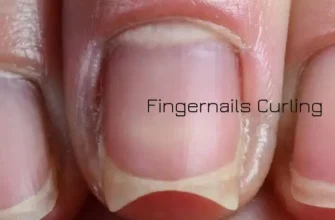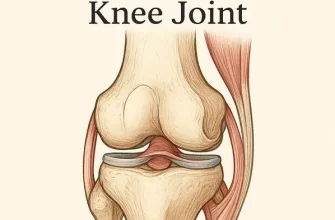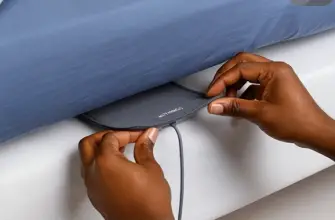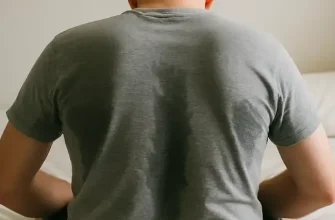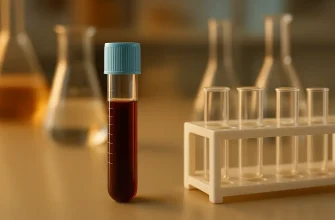After a car accident, Emily found herself struggling with simple tasks she had mastered for years—writing her name, following conversations, even walking felt foreign. Her brain injury left her in a place she never expected, but with time and persistence, she noticed something incredible. The brain, though damaged, began to heal and adapt. This process, known as neuroplasticity, is the brain’s ability to rewire itself, forming new neural connections after an injury.
Symptom Breakdown:
When the brain experiences trauma, whether from a stroke, accident, or illness, the damage often affects areas responsible for movement, speech, memory, or other essential functions. Symptoms can vary widely depending on the location and severity of the injury:
- Difficulty with motor skills: Basic actions, such as walking or using hands, become challenging.
- Speech impairment: Many patients struggle with verbal communication, finding it hard to speak or understand language.
- Memory loss: Some may experience memory gaps or difficulty recalling familiar faces or information.
- Cognitive issues: Problem-solving, concentration, and even decision-making may become difficult tasks.
These symptoms are often where the concept of brain rewiring after injury comes into play, helping individuals regain lost functions over time.
Diagnostic Path: How Neuroplasticity Works
Neuroplasticity, or brain plasticity, refers to the brain’s ability to reorganize itself by forming new neural pathways. This adaptability is what allows the brain to compensate for injury and lost functions. Let’s explore how it happens:
- Axonal Sprouting:
After an injury, surviving neurons can sprout new connections (called axons) to replace lost connections, helping the brain regain function. This is especially significant in stroke recovery and other brain injuries. - Cortical Remapping:
Sometimes, the brain reassigns functions from one damaged area to a healthier one. This is often seen in cases where the brain learns to use new areas to control motor skills or language functions. - Compensation:
Even when parts of the brain are permanently damaged, neuroplasticity allows undamaged areas to take over tasks that were previously handled by the injured regions.
For example, in patients who experience cognitive challenges after brain injury, the brain compensates by finding new ways to process and store information. This is a key concept in recovery programs aimed at brain injury rehabilitation.
Deep Dive: The Science of Neuroplasticity
When we talk about brain injury recovery, neuroplasticity is one of the most critical elements. This process is especially relevant in conditions like stroke, traumatic brain injury (TBI), and even neurodegenerative diseases such as Parkinson’s.
In cases like motor function recovery after a stroke, neuroplasticity enables the brain to rebuild lost motor skills through repetitive physical and cognitive exercises. For instance, in stroke patients who struggle to regain mobility, consistent physical therapy encourages the brain to form new connections, allowing patients to walk again.
Moreover, neuroplasticity is not limited to young individuals. Studies have shown that adults can also benefit from neuroplasticity through cognitive training, physical rehabilitation, and skill learning. This adaptability makes rewiring the brain after injury a real possibility for patients of all ages.
Treatment Comparison: Promoting Neuroplasticity
Improving neuroplasticity involves focused rehabilitation strategies that encourage the brain to rewire itself. Here are some methods used in the process:
- Rehabilitation Therapy:
- Physical Therapy: Helps stimulate brain regions that control motor functions, encouraging new neural connections to form. Repetitive movements strengthen the brain’s ability to reorganize.
- Speech Therapy: Critical for patients experiencing language difficulties post-injury, speech therapy helps retrain the brain’s speech and language centers.
- Occupational Therapy: Focuses on helping patients regain independence by re-learning daily tasks, improving cognitive and motor function.
- Cognitive Training:
- Targeted brain exercises can stimulate neuroplasticity and enhance cognitive skills. Activities like memory games, puzzles, or tasks that require focus and problem-solving can help strengthen mental pathways.
- Lifestyle Adjustments:
- Healthy Nutrition: Diets rich in brain-boosting nutrients such as omega-3s, antioxidants, and B vitamins support brain health and neuroplasticity.
- Adequate Rest: Sleep is crucial for brain recovery, as it’s during rest that the brain processes information and forms new neural pathways.
While the brain recovery process varies from person to person, it’s clear that promoting neuroplasticity through therapy, cognitive exercises, and healthy living is essential for achieving the best results.
Outcome Story: Regaining Independence
Take the case of Thomas, who suffered a traumatic brain injury during a sports accident. Initially, his doctors were unsure if he would regain full cognitive function, as the injury affected his ability to concentrate and remember. After months of working with cognitive rehabilitation specialists and following a structured brain injury recovery program, Thomas started to see significant improvements. His brain adapted and rewired itself, allowing him to return to many of the activities he once loved.
This is just one example of how neuroplasticity can restore lost abilities and improve quality of life.
Neuroplasticity Offers Hope
For those recovering from brain injuries, neuroplasticity offers a path forward. By engaging in rehabilitation, adopting healthy lifestyle habits, and giving the brain the time it needs to adapt, many individuals can regain lost functions and restore independence. The ability of the brain to rewire itself after injury is a powerful testament to human resilience and the incredible flexibility of the mind.

